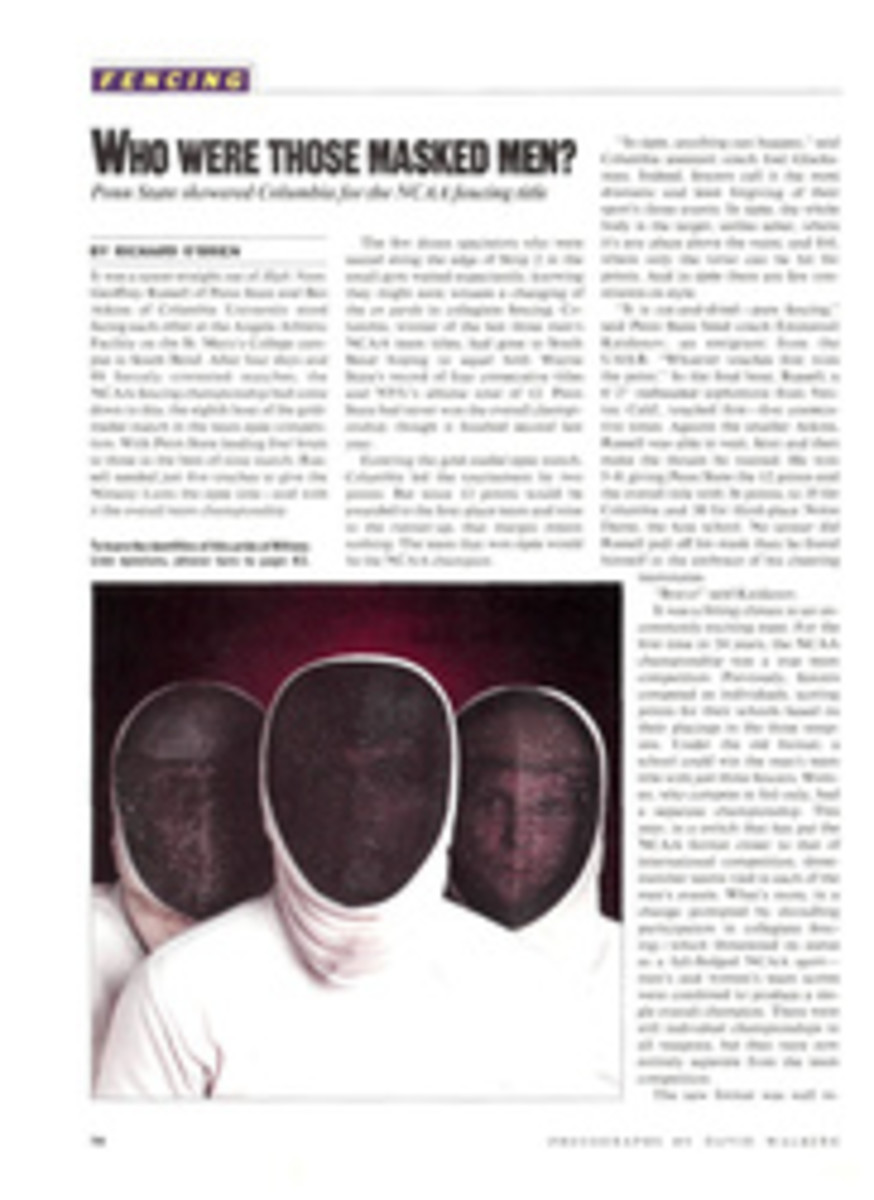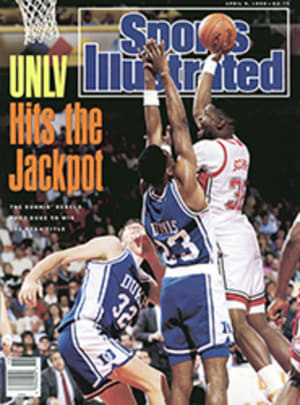
A SUMPTUOUS HUNTING BOOK AT A SUMPTUOUS PRICE
The coffee-table book of bird-hunting scenes is a publishing staple, and relatives shopping for the sportsmen in their lives have a vast selection of lush volumes to choose from. However, probably no sporting book can compare with one called The World of Shooting (U.S. distributor: Countrysport Press, Traverse City, Mich., 800-367-4114). It is an extraordinary celebration of wing shooting, rich with sumptuous photographs and fine writing and elegantly bound in green suede and leather. There has never been a sporting book quite like it, and its press run of only 2,000 copies, at an eye-popping price of $480, suggests there will not be many imitators.
The World of Shooting takes the reader on outings for grouse in Scotland, tinamous in Argentina, snow geese in Texas, stubble quail in Australia and guinea fowl in Zimbabwe. There are 32 expeditions in all, and on average a dozen gilt-edged pages are devoted to each one. Peter Johnson is the photographer. He also coauthored the text with Alf Wannenburgh, a South African journalist. Unlike most books of this genre, the words are meant to be studied as intently as the magnificently printed pictures.
Johnson and Wannenburgh spent three years creating The World of Shooting. They were driven not by a lust for blood but rather by a love of sport and an interest in conservation. Says Johnson, "The object of the book is to promote conservation and to acknowledge the contribution to that cause made all over the world by sportsmen who manage land for wildlife and harvest it in such a way as to ensure a sustainable yield." The shoots all take place on private tracts, most of which are run by families who have owned the properties for generations and nurtured them for hunting.
The book is divided into three sections: "The Old World," in which the classic driven shoots of Europe are recounted; "Outposts," which includes those former colonial possessions that imported, and sometimes modified, the Continental shooting customs; and "The New World," where the emphasis is on the stalking instead of on shooting.
Typical of The Old World section is an account of a pheasant shoot hosted by Count Alceo Bulgarini on his 7,000-acre estate in Austria (the land has been in the Bulgarini family since 1630). The evenings are black tie, the Scotch single malt, the food plentiful and painstakingly prepared, and the brandy older than most of the guests. Three drives take place in the morning. Then the party breaks for lunch and a nap before the two afternoon drives. At day's end, the head gamekeeper announces the number of pheasants shot as his assistants play a mort on hunting horns. Let The Robb Report top that.
The proceedings in Outposts and The New World are decidedly less tony. However, the sportsmen display just as great a love of hunting's traditions. Of a hunt in Australia's Woolongoon Forest, Wannenburgh writes, "Jim contemplated the future of the two black ducks in his bag. Susan, his wife, would stuff them with grapes to preserve their succulence, and roast them slowly with an orange sauce. Accompanied by a bottle of good South Australian claret, the meal would be an eloquent tribute to the sport the birds had given them."
The New World section will seem a lot less exotic to American readers than the other two, but it is no less enticing: pheasant on the South Dakota prairies, snow geese in Texas rice paddies, bob-white quail among the South Carolina pines. Here the shooting takes second place to luring birds with decoys and calls or to flushing them out with dogs.
In their introduction Johnson and Wannenburgh say their book "is a tribute to excellence...in sport, in conservation, in all that is closely associated with the world of shooting." They are correct, and like the shoots they chronicle, the book is costly but worth the price.
TWO PHOTOS
BRET WILLS
"The World of Shooting" is more than just a coffee-table ornament.

